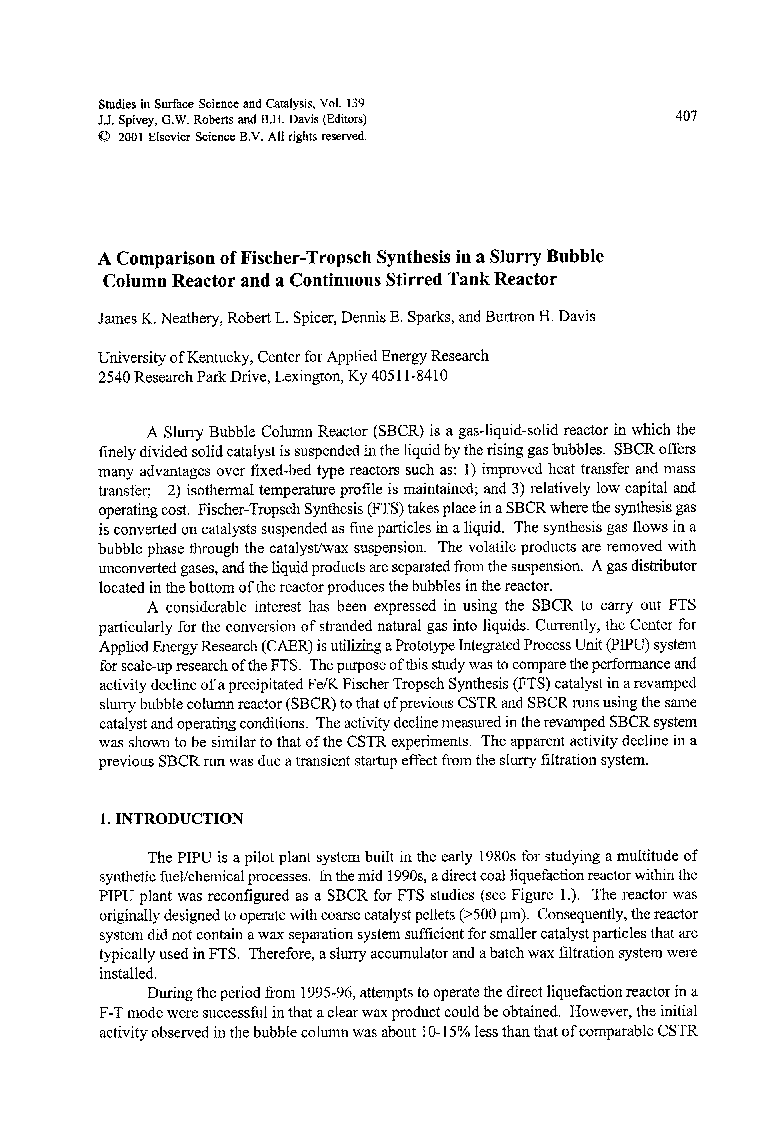| Article ID | Journal | Published Year | Pages | File Type |
|---|---|---|---|---|
| 6665281 | Journal of Food Engineering | 2015 | 8 Pages |
Abstract
Pectin (P) and pectin-alginate (PAL) edible films, developed for antioxidant preservation, were placed on agar cylinders, mimicking food materials, in order to understand the release of l-(+)-ascorbic acid (AA) from the films. To improve the release properties of polymeric systems, it is crucial to describe and understand the macro- and microscopic properties of the matrices. Rheological studies performed within linear and non linear frames permitted to select, among different polymer concentrations (0.50-2.00% w/w), a 2.00% w/w agar gel as food model as this system shows the higher pure elastic contribution. Rheological and Low Field NMR (LFNMR) tests performed on 0.50-2.00% w/w agar gels as well as on P- and PAL-films after exposure (up to 6 h) to 2.00%-agar gels, showed that in spite of the higher glycerol (plasticizer) content, P-network is characterized by more numerous calcium-junction zones than PAL-matrix. The determined average network mesh size (ξ¯) for both of P- and PAL-films did not significantly change during 6 h of contact with 2.00%-agar gel. However, due to a higher swelling degree, PAL-film leads to higher ξ¯ value and water mobility inside the polymeric network. These results are of paramount importance as “ξ¯” is the main parameter affecting the release kinetics of AA from film networks to agar gels and also the diffusion of AA into the agar gel or food.
Related Topics
Physical Sciences and Engineering
Chemical Engineering
Chemical Engineering (General)
Authors
Maria D. De'Nobili, Ana M. Rojas, Michela Abrami, Romano Lapasin, Mario Grassi,
